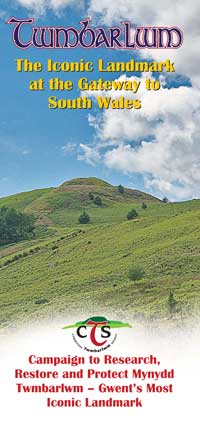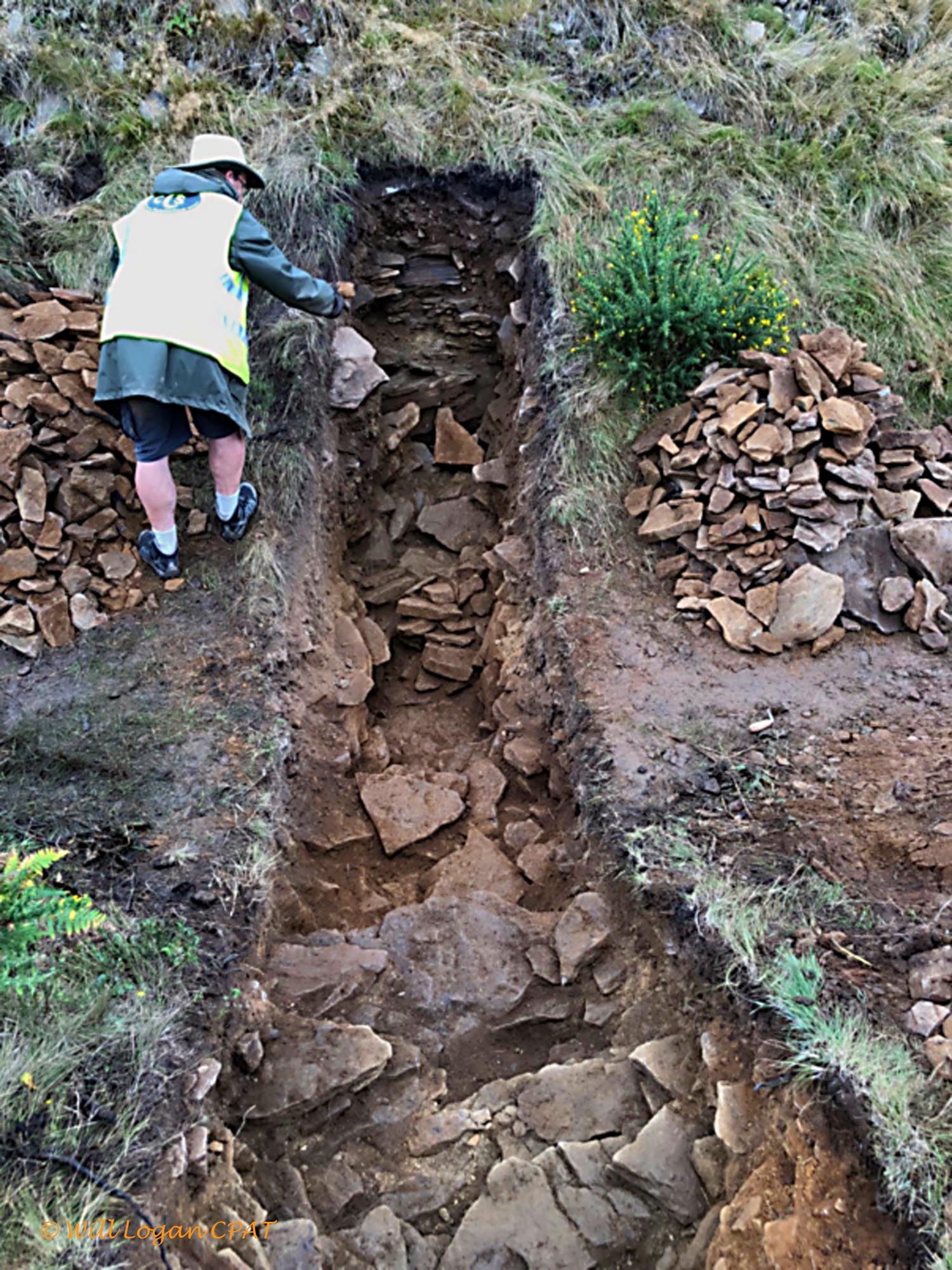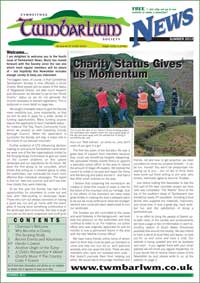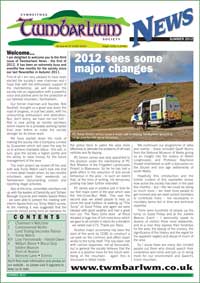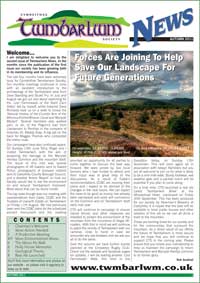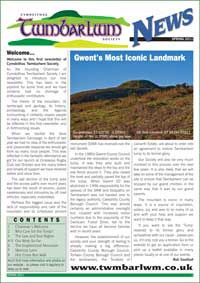Twmbarlwm Dig 2022 – Week 3
Twmbarlwm Excavation 2022
– Week Three
I’ve already given you my version of events for the past week but here’s a summary from lead archaeologist Will Logan on the last week’s work on Twmbarlwm.
The third week of excavation did involve a fair amount of trench backfilling, but, two new trenches were excavated due to being so far ahead of schedule in Weeks 1 and 2.
The first new trench was excavated in the ditch on the south site of the hill fort. It was hoped that this might mirror a trench excavated in 2021 on the northern side, where there were two intercutting ditches. Datable organic material recovered in 2021 suggested that the earlier ditch was Neolithic (c. 5000 years old) and the later Iron Age (c. 2500 years old).
Excavation of the ditch on the southern site proved somewhat inconclusive however, the ditch was deeply filled with stone rubble and soil which had evidently tumbled in from the defensive rampart.
No earlier ditch was apparent and no organic material like wood or charcoal suitable for carbon dating was recovered.
Following the excavation of an auger transect of the motte and motte ditch carried out in Week 2, the temptation to investigate the motte ditch was too strong and it was decided to have a better look at it.
This ditch was cut from the bedrock, and was extremely deep with safe working limits attained at 1.5m below ground level and still no indication that we were anywhere near the base.
As with the other trenches we were hoping for nice organic material within the trench from which to get a carbon date, but the upper ditch was filled with stone rubble, possibly tumble from the adjacent motte, and an imported stone layer containing lots of Victorian era glassware and stoneware.
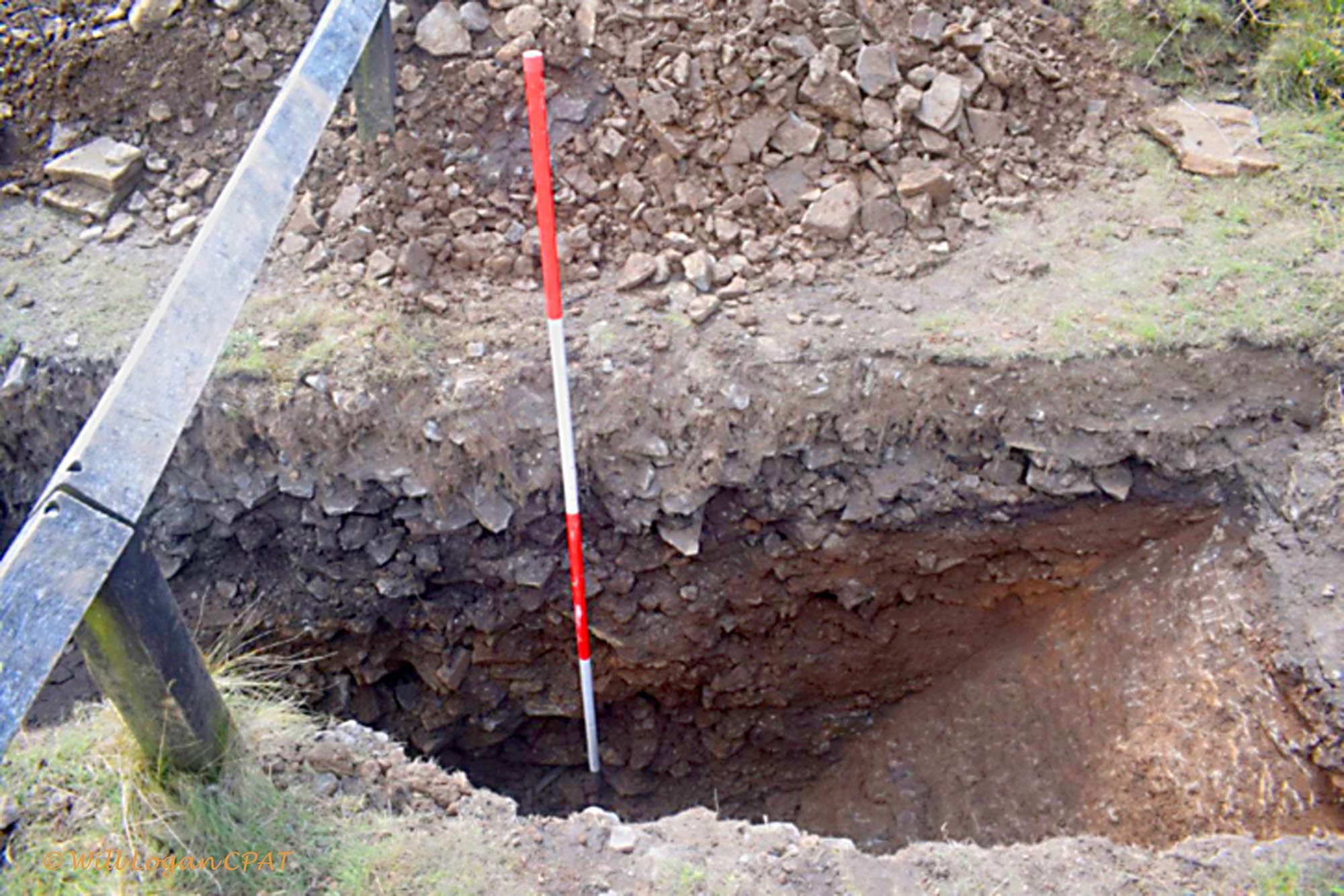 Further augering around the eastern side of the motte (where we should have put the trench in the first place) revealed nice easy to dig silts and still no base suggesting that the ditch was probably well in excess of 3m deep and possibly vee shaped in profile.
Further augering around the eastern side of the motte (where we should have put the trench in the first place) revealed nice easy to dig silts and still no base suggesting that the ditch was probably well in excess of 3m deep and possibly vee shaped in profile.
All this hard work did at least suggest that the motte was well made and defendable and perhaps not intended to serve as a temporary outpost.
It would have been an ideal lookout point on those days when it wasn’t misty (and pretty much useless on those days when it was misty).
The dig was concluded with a surprisingly large uptake of volunteers returning to help backfill the two remaining trenches which was much appreciated by the archaeological team.
The excavation was very successful with five trenches (two more than originally planned) and an auger transect excavated in the time allotted. This would not have been at all feasible without the hard work and enthusiasm (not to mention technical skill) of the volunteers who came to help and, in many cases returned again and again, despite heat, and wet and cows and buzzing things.
Will Logan, CPAT
CLICK HERE TO SEE A CATALOGUE OF ALL THE PHOTOS OF THE TWMBARLWM BIG DIG


